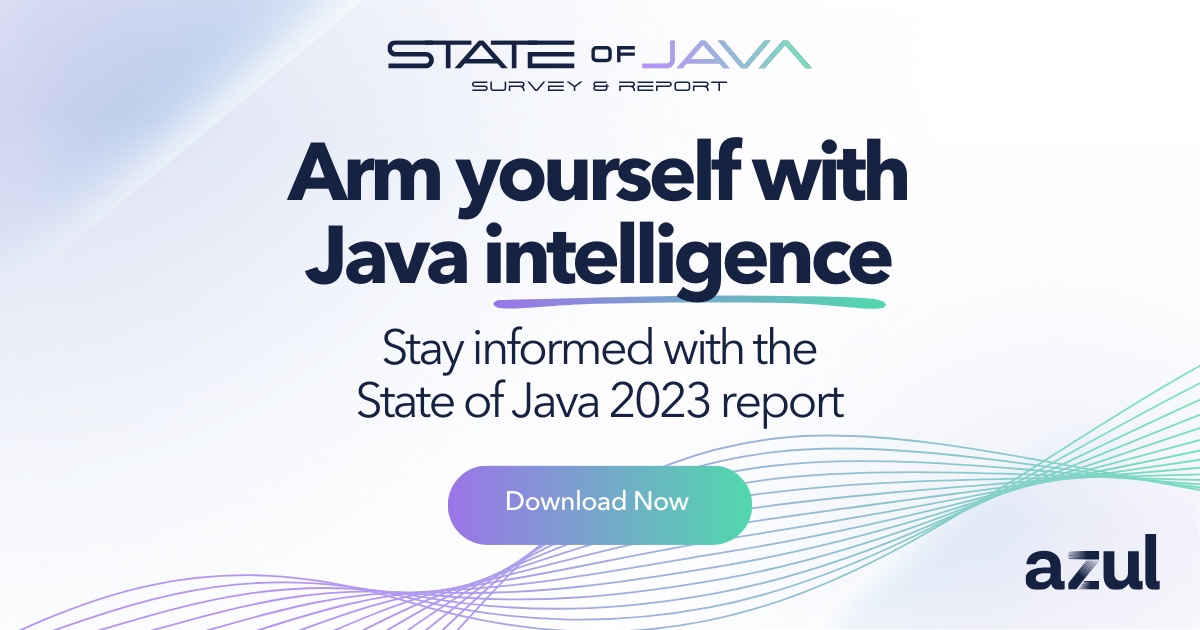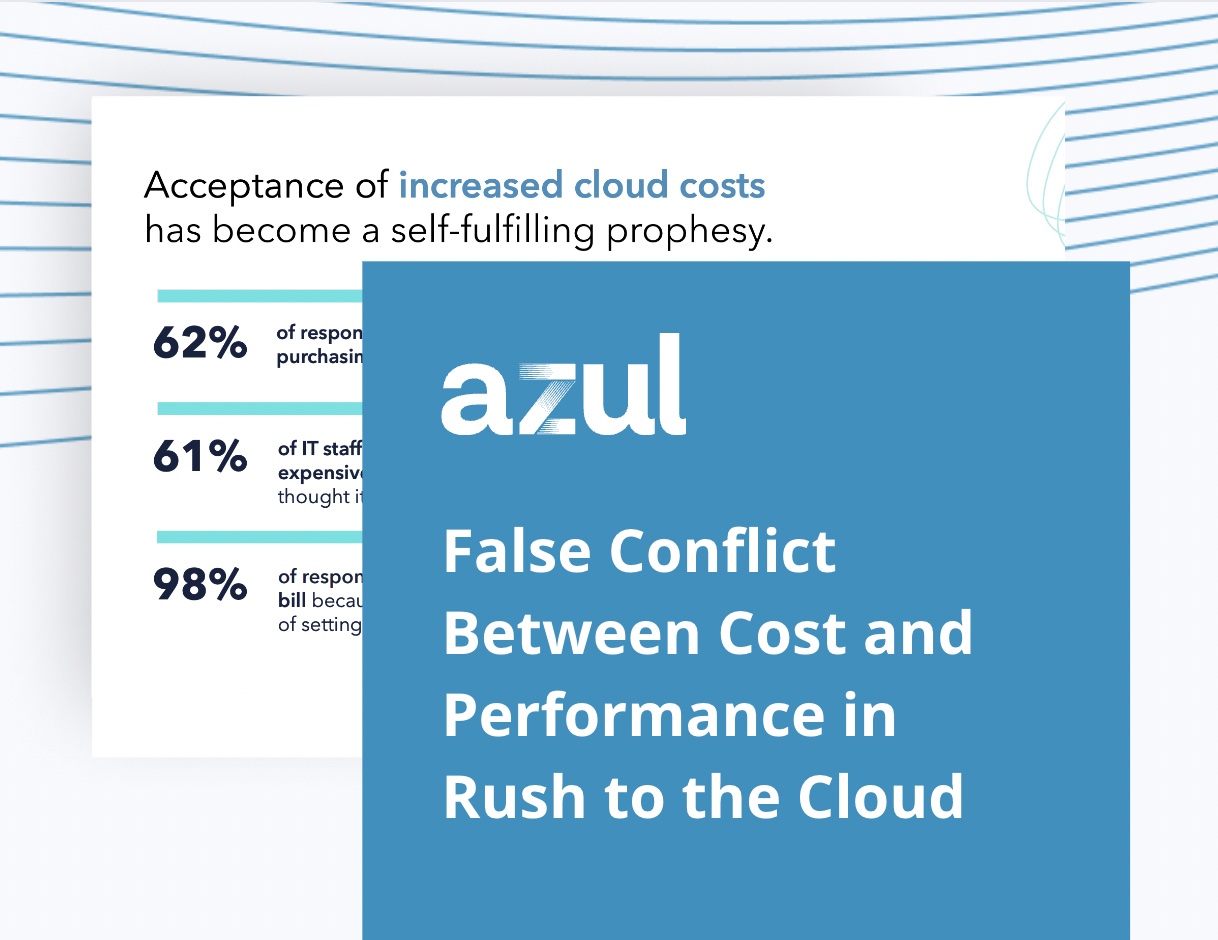
Azul State of Java Survey and Report 2023

Making FinOps Framework Dreams with Cloud Native Compilation

Application Workloads in the Cloud Will Be the Top Choice in 2023

Cloud adoption is the transition from a local, on-premises application and/or IT infrastructure to a framework that operates in a public, private, or hybrid cloud environment. With companies increasingly relying on digital technology to reach and service their customers, the demand for a more flexible and scalable IT infrastructure is urgent. Cloud adoption is often the ideal solution. Companies gain access to resources provided by cloud platform providers so they can scale and gain access to additional critical services. However, they must adopt the cloud with a solid strategy to avoid overprovisioning resources and overspending.




Cloud adoption addresses several critical aspects when it comes to running and expanding modern businesses, such as:
Cloud adoption offers companies numerous benefits, allowing them to achieve their objectives, including:
The cloud adoption framework involves several steps to ensure a smooth and seamless adoption.
Cloud adoption is separated into three main categories, depending on the level of autonomy and control the company has over the cloud environment.
Infrastructure as a Services (IaaS)
IaaS offers virtualized computing resources over the Internet. It oftentimes includes virtual machines, storage, networking, and processing power.
This model allows organizations to design, build, and manage their own service environments without needing to purchase or maintain the needed hardware infrastructure.
Platform as a Service (PaaS)
PaaS are cloud-based environments that carry everything needed to develop, deploy, and manage a piece of software or application.
It’s a step above IaaS but still gives access to developers without leaving the underlying infrastructure vulnerable.
Software as a Service (SaaS)
SaaS is as close as possible to a finished product, allowing users to access and run software applications over the Internet. It eliminates the need to install, maintain, and update the app on individual devices.
Numerous cloud adoption strategies exist, which are included in the six Rs of cloud migrating and environment change management.
Additionally, there are managerial changes that must be taken into account when switching frameworks like to a Microsoft Azure cloud adoption framework. These can be divided into two main categories:
Most companies choose cloud-based frameworks for scalability, flexibility, and performance. The cloud offers virtually unlimited resources, as long as companies align their IT with business objectives and enhance operational efficiency to accelerate innovation and growth.
Cloud adoption allows organizations to build optimized, flexible, and agile IT infrastructure to support change management, provide faster and more consistently available applications, and create more time for innovation.
Reasons, motives, and circumstances that push enterprises towards utilizing cloud adoption technology include:
Cloud adoption, despite its many benefits and use cases, doesn’t come without risks that organizations must prepare for, such as:
Use of 20th-century technology like cars, electricity, and air conditioning have taught people that they have to choose between performance and cost. Do you want a high-performance vehicle or an efficient one? Do you want a big, powerful air conditioner or an efficient one? In the cloud, this model does not apply.
Azul Platform Prime powers faster java applications that require fewer cloud resources, enabling customers to turn off instances and save money. Platform Prime uses unique technologies to provide faster, more cost-effective code:
Proceeding towards a cloud-based infrastructure through cloud adoption can be a high-risk high-reward business decision. Luckily, the risks can be greatly mitigated by working with the right experts who understand your business and how cloud adoption best fits it. This is where Azul, one of the industry’s fastest-growing companies, comes in.
At Azul, we have over 20 years of hands-on Java leadership and experience, serving as the world’s only cloud-native JVM. By partnering with Azul, organizations can minimize risks and leverage the full potential of cloud adoption, ensuring a seamless transition to a more efficient, scalable, and secure IT infrastructure.
A truly superior Java platform that can cut your infrastructure costs in half.